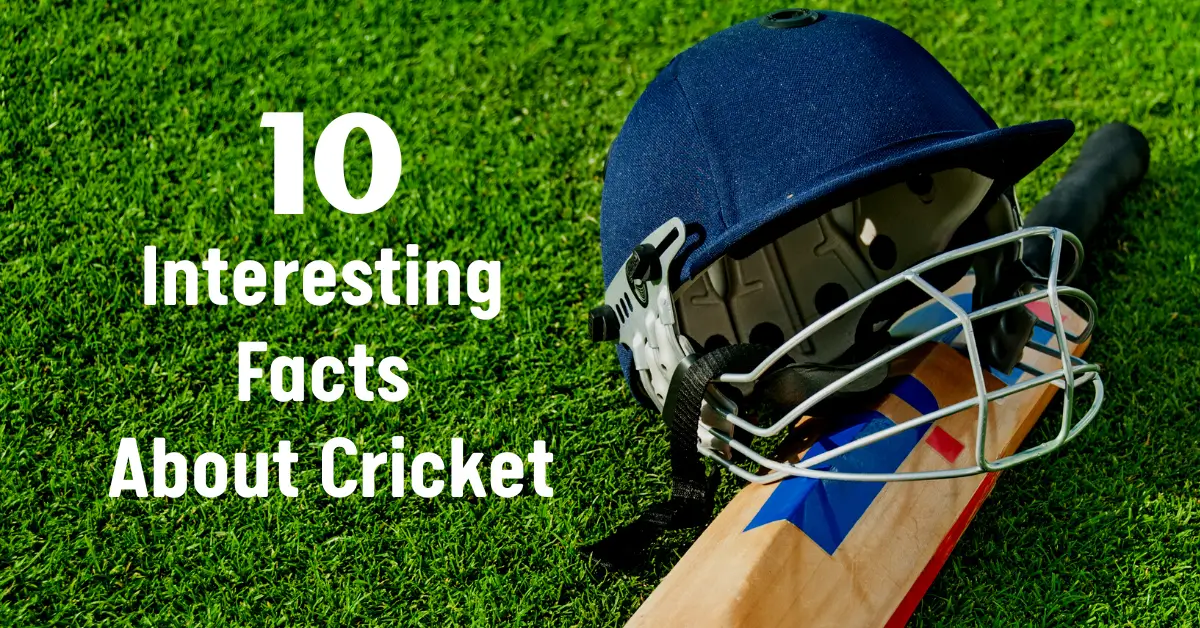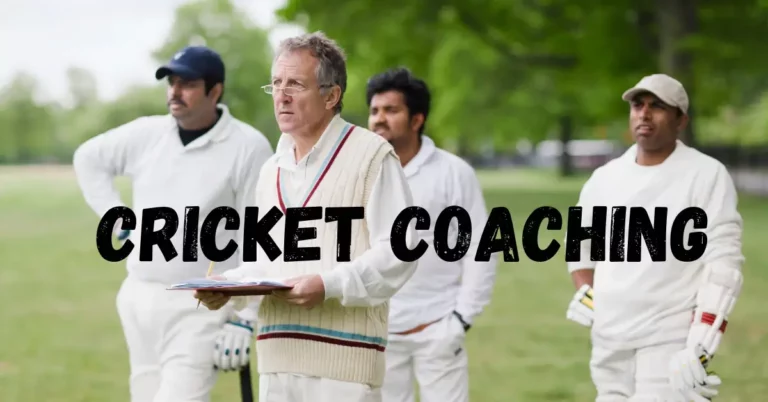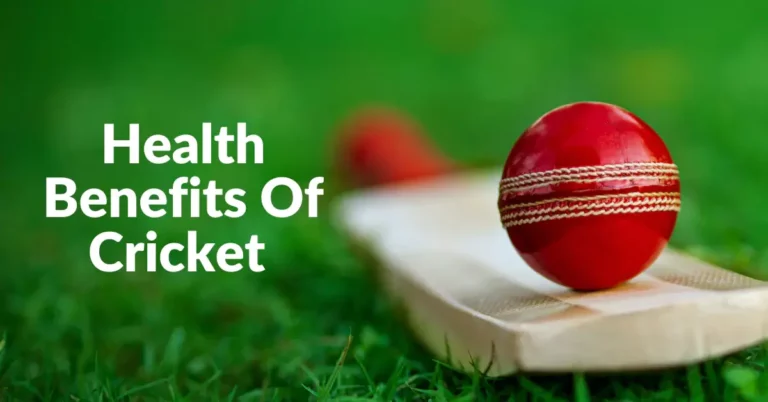Top 10 Interesting Facts About Cricket
Millions of people play cricket, and billions of individuals watch it on television. Give us more information about the background, players, rules, and other features of cricket by supplying us with the following interesting facts about cricket.
Interesting Facts About Cricket
Cricket has a longstanding experience that stretches back to the 16th century and is currently the second-most popular sport on the planet by the number of players.
You may not be aware, but there are 180 nations in the world where this sport is played. We’ve compiled a list of interesting facts about cricket, one of the world’s most popular sports that even ardent supporters may need to be more familiar with!
- Wool Was Used To Creating The First Cricket Ball.
It appears that cricket originated in shepherds’ hands as a simple method for them to spend their time looking at a sheep, despite the fact that nobody is sure about the game’s actual roots.
The cricket balls were initially made of cotton, and the bowlers’ pace was perhaps unreachable, according to our initial picture of the game.
Since 1597, when a man referenced the game of “creckkett” in a disagreement over the ownership of land, cricket has been referenced in English historical texts.
However, the first recognized cricket match didn’t begin till 1877, more than ten thousand years after it had started.
- White Willow Is Used To Creating Cricket Bats.
Can the same substance that crickets are composed of ever be used to manufacture crickets? Building a cricket ball from old wood planks is never a wise option.
The willows, known for their brightness, are used to produce almost all of the bats which can be found in England. They are manufactured explicitly of white willow, often referred to as cricket bat willow.
The trees have traditionally been used as an element of guns and are prevalent in West and Central Asia. Hitters are capable of hitting the ball more precisely due to the lighter wood.
- Fourteen Days Was The Length Of The Longest Cricket Match.
Can you name the crickets that were played with the most intensity at a specific moment? Because of the uncertain British weather, cricket matches can sometimes drag on for hours in England.
This really is especially the case of games with short breaks. The oldest-ever recorded cricket game occurred during an English vs. South African encounter in 1939.
It was only 14 days, so ignore it. In addition, since the British ship had gone to transport the team home, the game needed to be considered a draw.
- The Youngest Cricketer For England Was Only 17 Years Old.
Wilfred Rhodes was the most well-known cricketer to ever play in England. On April 12, 1930, at 51, he completed his 58th and final performance. Is it truly that amazing? A fascinating fact regarding the game of cricket is that when he was the age of 17, Brian Close was the youngest player in England.
That is obviously entirely off the record. The youngest cricketer hasn’t practiced the sport in his generation in more than a decade.
- The Cricket Team From England Has Only Played Over 1000 Test Matches.
An inning is a time frame during a cricket test match in which all players take turns playing to score a run, and the opponent tries to throw the wickets. An inning generally lasts five days and is divided into four innings.
The British cricket team has contested over a thousand international cricket tests. It happened at the Edgbaston Test versus India in 2018.
- Cricket Is Where The Term “Good Innings” Originated.
Is anyone familiar with British slang like “good” innings? How many innings does he have? It took inspiration from cricket.
A large number of runs are gained during an “inning” in cricket, which is why the expression “had a wonderful inning” or “did a fantastic job” alludes to someone who put forth an excellent effort or had a long time. Think about the history of cricket and how it started the next time somebody compliments “good innings”!
- In A Test Match, Just One Player Has Ever Smashed A Six Off The Opening Ball.
One of the most famous global sports is test cricket, with only a handful of clubs achieving “tests status.” A six out by an Indian batsman in a Test match has never occurred against the West Indies.
Naturally, the West Indies prevailed in the match by achieving victory in Bangladesh, even though it was somewhat difficult with such a dominant figure as Gayle utilizing his bat.
- Initially, There Were Just Two Stumps On Cricket-Wickets.
It used to be the situation that a wicket would comprise no less than three stumps, but this is now unthinkable. Before English cricketer Edward “Lumpy” Stevens delivered the ball between the two stumps without lifting the bail three times in 1775, two stumps were the norm.
Yet, the batsman was awarded the designation “not out” regardless. It was only a short time before the third stump was used.
- The Oldest Active Cricketer In A Test Match Is 94.
Ronald Draper, a cricketer for South Africa, is the longest-serving Test player at this time. He is approximately 95 years old.
In 1950, he participated in his final test match. Wilfred Rhodes, who collected over 4,000 career wickets and competed in his final test match somewhere at the age of 52 back in 1930, holds the world record for the eldest cricketer to ever consistently play the sport.
- The Only Constant In Cricket Is The Pitch Length.
Things have changed, as well as the laws of the game. Every rule has actually been subject to modification because the sport was initially founded, with the exception of one rule.
The 22 yards selected at the outset, which still hold to today’s modern rulebook, have been the authorized length of a cricket pitch since the game’s beginning.
Conclusion:
These fantastic yet interesting facts about cricket will no doubt amaze you. Cricket has always been an enthusiastic sport for people, especially during World Cup and test matches. Being the second most popular sport, it has a great historical background which is worth reading.




